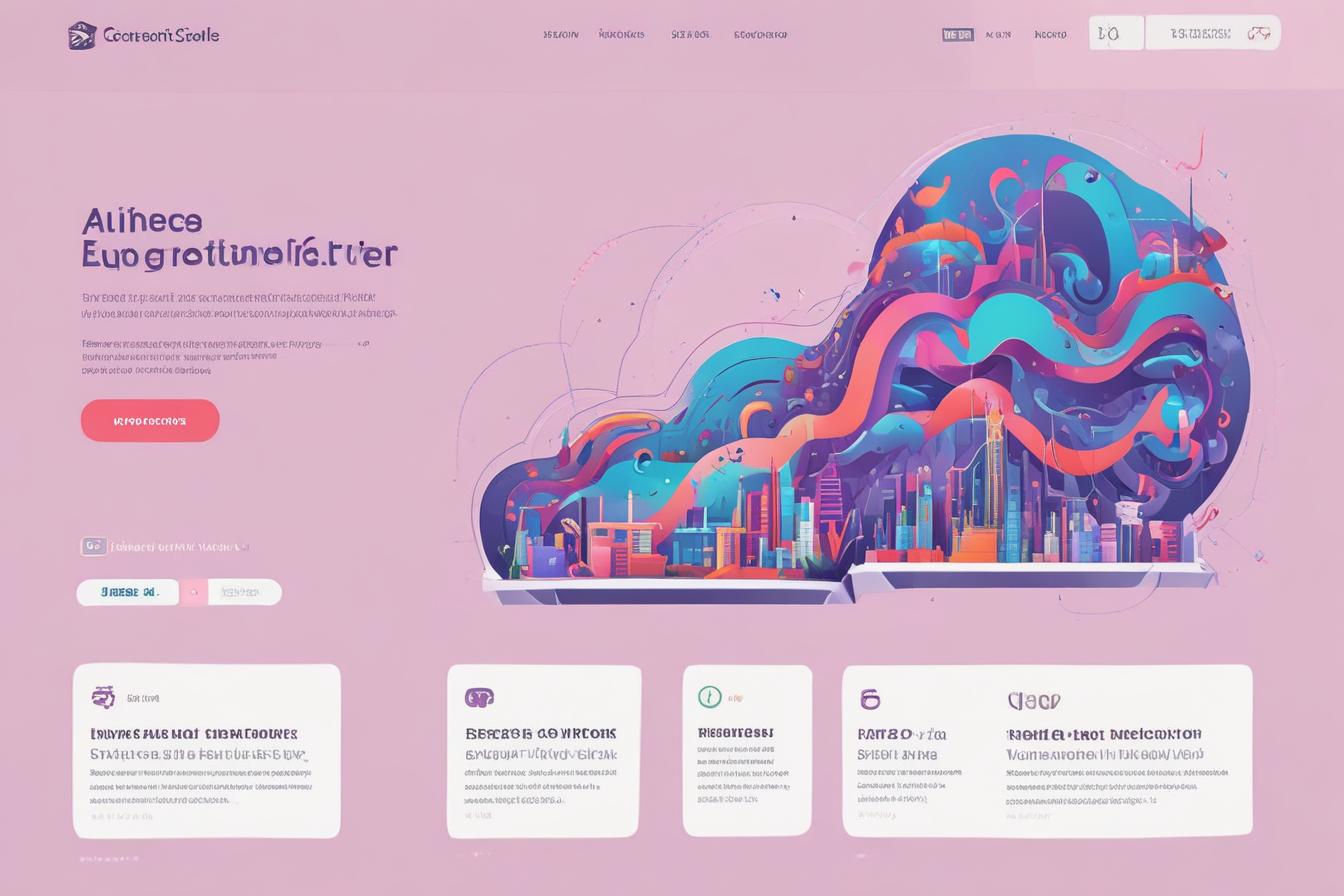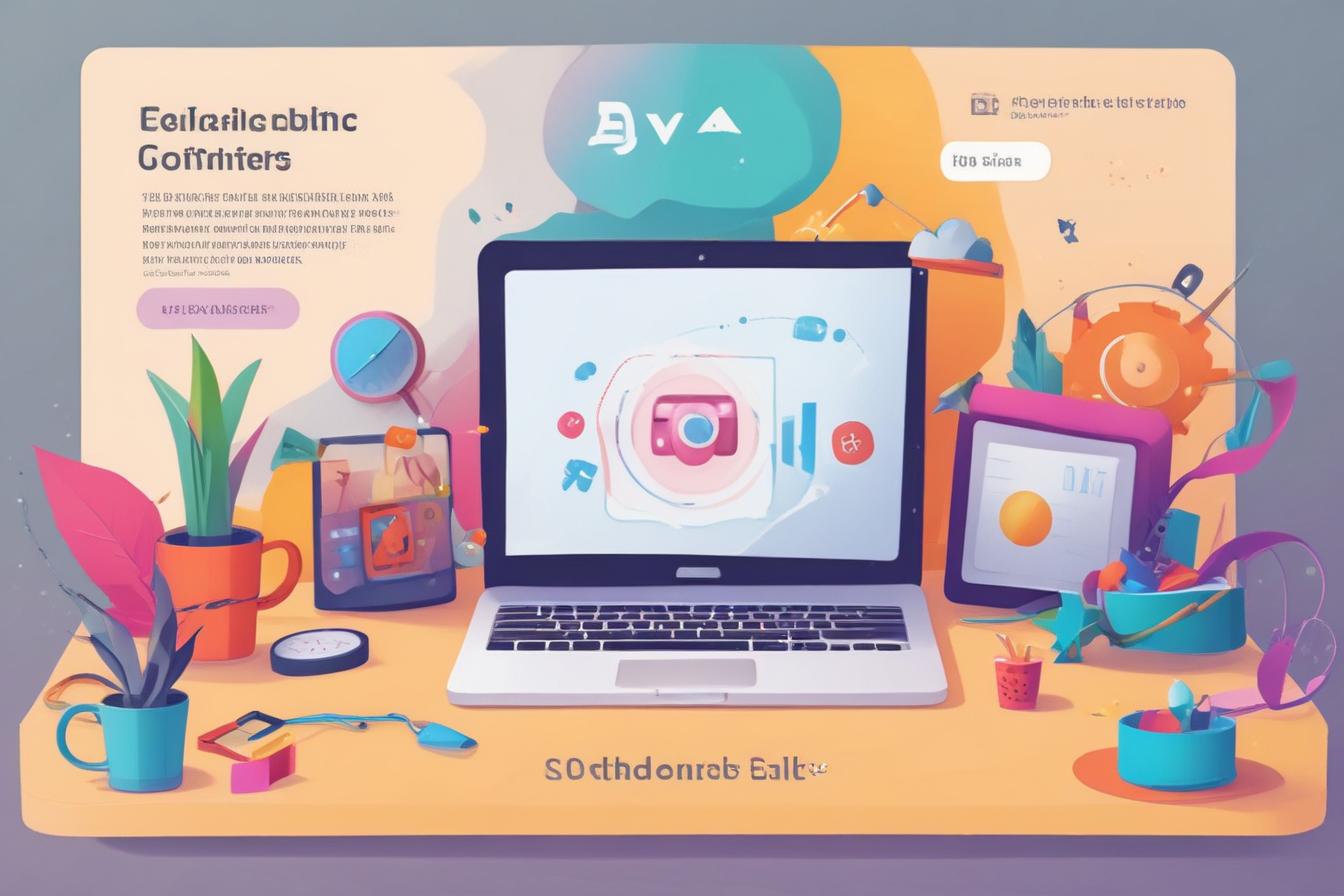What is Dynamic Content SEO?
In the ever-evolving world of search engine optimization (SEO), dynamic content has emerged as a powerful strategy to boost website rankings and engage users on a deeper level. Dynamic content SEO involves creating tailored, personalized web pages that adapt to individual user preferences, locations, and behaviors. By delivering highly relevant content, businesses can enhance the user experience, increase engagement, and ultimately improve their search engine visibility.
Understanding Dynamic Content
Dynamic content refers to web content that is generated or modified in real-time based on specific conditions or parameters. This could include location data, user profiles, browsing history, or preferences. Unlike static content, which remains the same for all users, dynamic content adjusts and adapts to each visitor, creating a unique and personalized experience.
The Role of SEO
While dynamic content enhances user engagement, it also plays a crucial role in SEO. Search engines like Google prioritize websites that provide relevant, high-quality content tailored to users’ needs and interests. By leveraging dynamic content, businesses can create pages that directly address user queries, driving higher rankings and visibility in search results.
Benefits of Dynamic Content for SEO
Implementing dynamic content as part of an SEO strategy offers numerous advantages, including:
Improved User Experience
By delivering personalized, context-specific content, dynamic pages enhance the user experience, leading to increased engagement, longer dwell times, and lower bounce rates – all factors that positively impact SEO.
Better Relevance and Targeting
Dynamic content allows businesses to create highly targeted pages that directly address users’ search queries and preferences. This increased relevance boosts the likelihood of attracting organic traffic and gaining higher search engine rankings.
Increased Conversions
Personalized content tailored to individual user needs and interests has been proven to drive higher conversion rates. By presenting the right information at the right time, dynamic content can guide users seamlessly through the sales funnel.
How to Implement Dynamic Content SEO
To harness the power of dynamic content SEO, businesses need to follow a structured approach:
Gather User Data
The first step is to collect relevant user data, such as location, browsing history, preferences, and demographic information. This data can be gathered through various methods, including cookies, user profiles, and third-party data providers.
Define Content Rules
Based on the user data collected, businesses need to establish rules that determine how content should be generated or modified for different user segments or scenarios. These rules should align with SEO best practices and prioritize relevance and user intent.
Implement a Dynamic Content Management System
To streamline the creation and delivery of dynamic content, businesses can leverage content management systems (CMS) or specialized tools like ContentScale.fr. This AI-powered platform generates SEO-optimized articles at scale, saving time and money while enabling businesses to stay ahead of competitors.

Monitor and Optimize
Continuous monitoring and optimization are essential to ensure the effectiveness of dynamic content SEO. Businesses should track user engagement metrics, search engine rankings, and conversion rates, making adjustments as needed to refine the content rules and improve performance.
Personalizing Content for Better User Engagement
Personalizing content is a key component of dynamic content SEO, and it offers several benefits:
Tailored Recommendations
By analyzing user data, businesses can provide personalized product or service recommendations that align with individual preferences and needs, increasing the likelihood of engagement and conversions.
Localized Content
Dynamic content can be adapted to display local-specific information based on the user’s location, such as store hours, pricing, or regional promotions. This localization enhances relevance and improves the overall user experience.
Contextual Messaging
By considering the user’s browsing history and behavior, dynamic content can deliver contextual messaging that resonates with their current needs or stage in the buyer’s journey.
Optimizing Dynamic Content for Search Engines
While dynamic content offers numerous benefits for user engagement, it’s essential to optimize it for search engines to maximize its impact on SEO:
Crawlability and Indexing
Ensure that dynamic content is crawlable and indexable by search engine bots. Implement appropriate techniques, such as server-side rendering or prerendering, to ensure that search engines can access and understand the content.
Structured Data and Schema Markup
Incorporate structured data and schema markup into dynamic content to help search engines better understand and interpret the information being presented. This can improve the chances of capturing featured snippets and rich results.
Canonical URLs
To avoid duplicate content issues, implement canonical URLs to specify the preferred version of a dynamic page for indexing by search engines.
Content Quality and Relevance
Regardless of personalization, dynamic content must adhere to SEO best practices, including high-quality, relevant, and keyword-optimized content that aligns with user intent and search queries.
Dynamic Content SEO Best Practices
To maximize the impact of dynamic content SEO, consider the following best practices:
- Prioritize User Experience: Always prioritize delivering an exceptional user experience through relevant, personalized content.
- Monitor Performance: Continuously track user engagement metrics, search engine rankings, and conversion rates to identify areas for improvement.
- Ensure Accessibility: Make sure dynamic content is accessible to users with disabilities and optimized for various devices and platforms.
- Maintain Content Quality: While personalization is crucial, never compromise on content quality, accuracy, and adherence to SEO best practices.
- Leverage Automation: Utilize tools like ContentScale.fr to streamline the generation of SEO-optimized, dynamic content at scale, saving time and resources.
Conclusion
Dynamic content SEO is a powerful strategy that combines the benefits of personalized user experiences with improved search engine visibility. By delivering tailored, relevant content that addresses individual user needs and preferences, businesses can drive higher engagement, conversions, and ultimately, better search engine rankings.
Implementing dynamic content SEO requires a structured approach, including gathering user data, defining content rules, leveraging dynamic content management systems like ContentScale.fr, and continuous monitoring and optimization.
As search engines continue to prioritize user experience and relevance, dynamic content SEO will become increasingly important for businesses seeking to stay ahead of the competition. Embrace this strategy, and unlock the full potential of your website’s visibility and user engagement.

